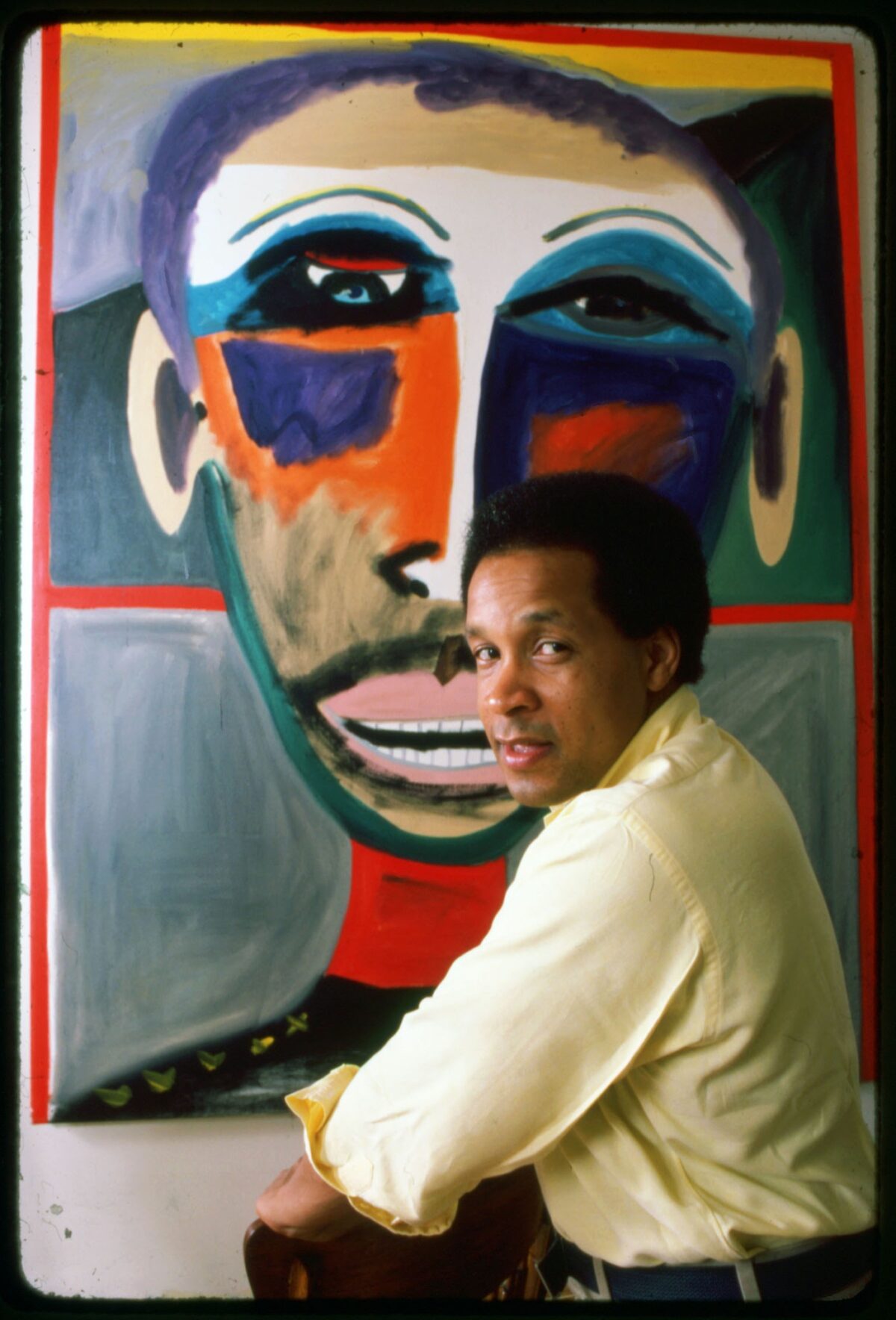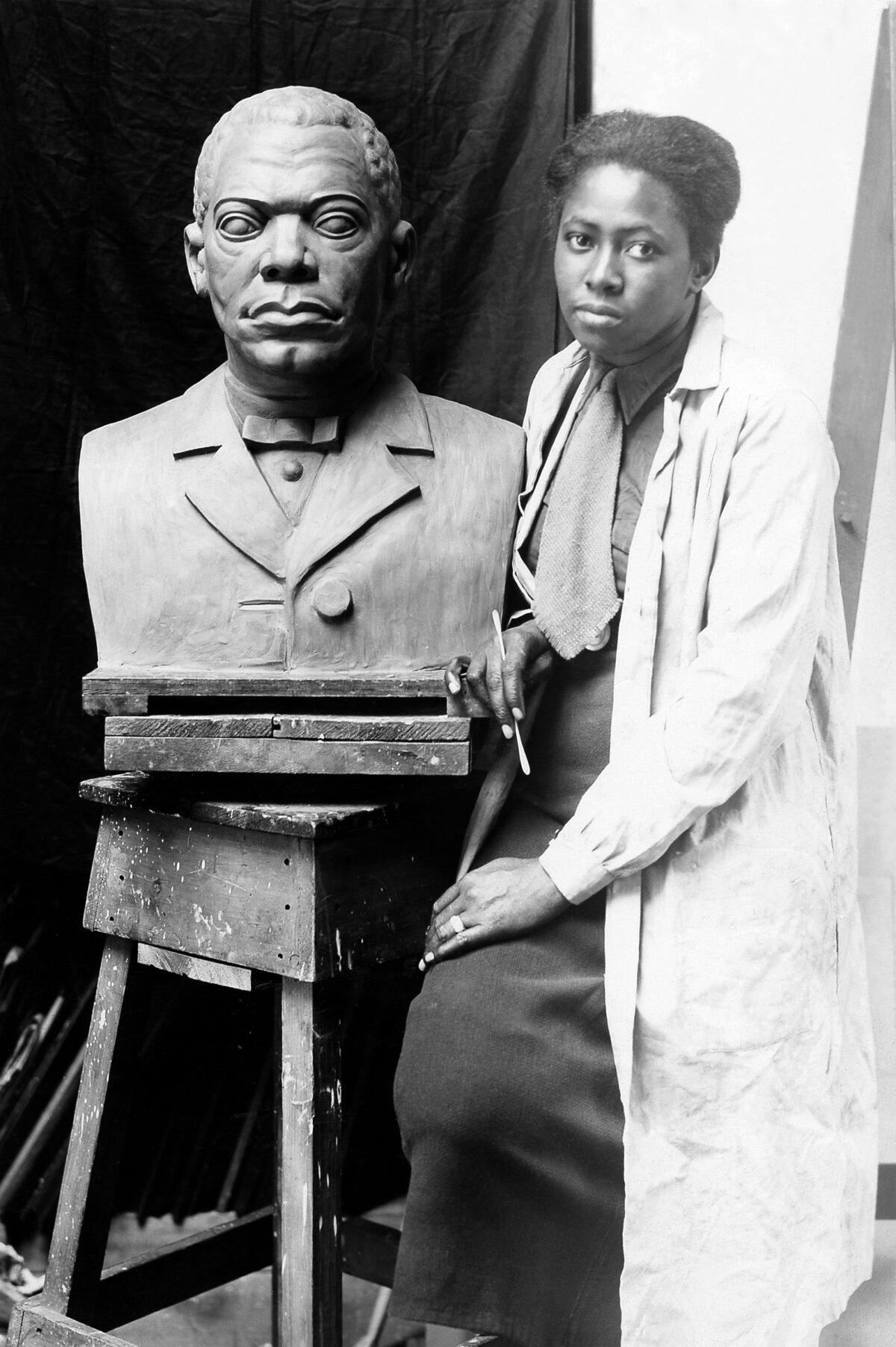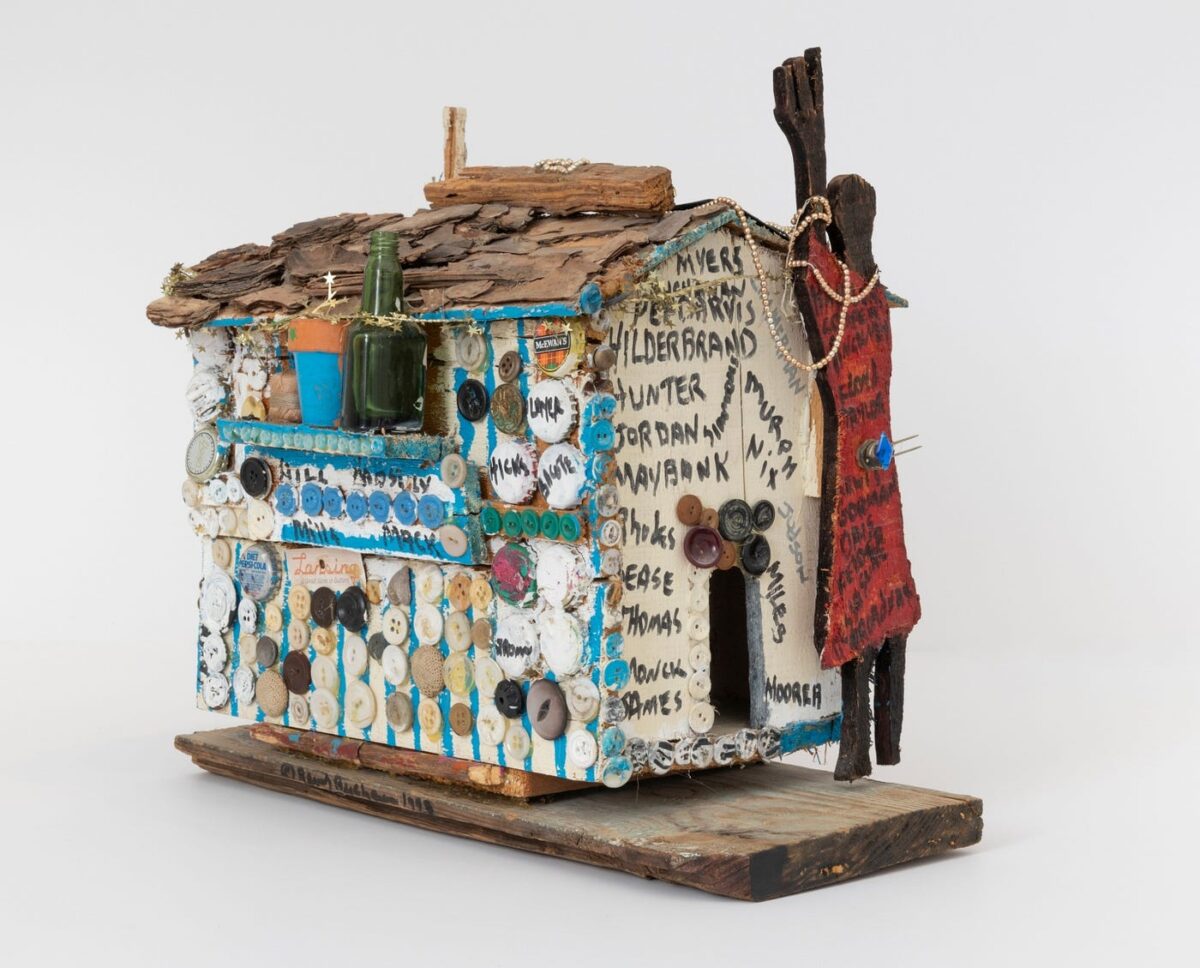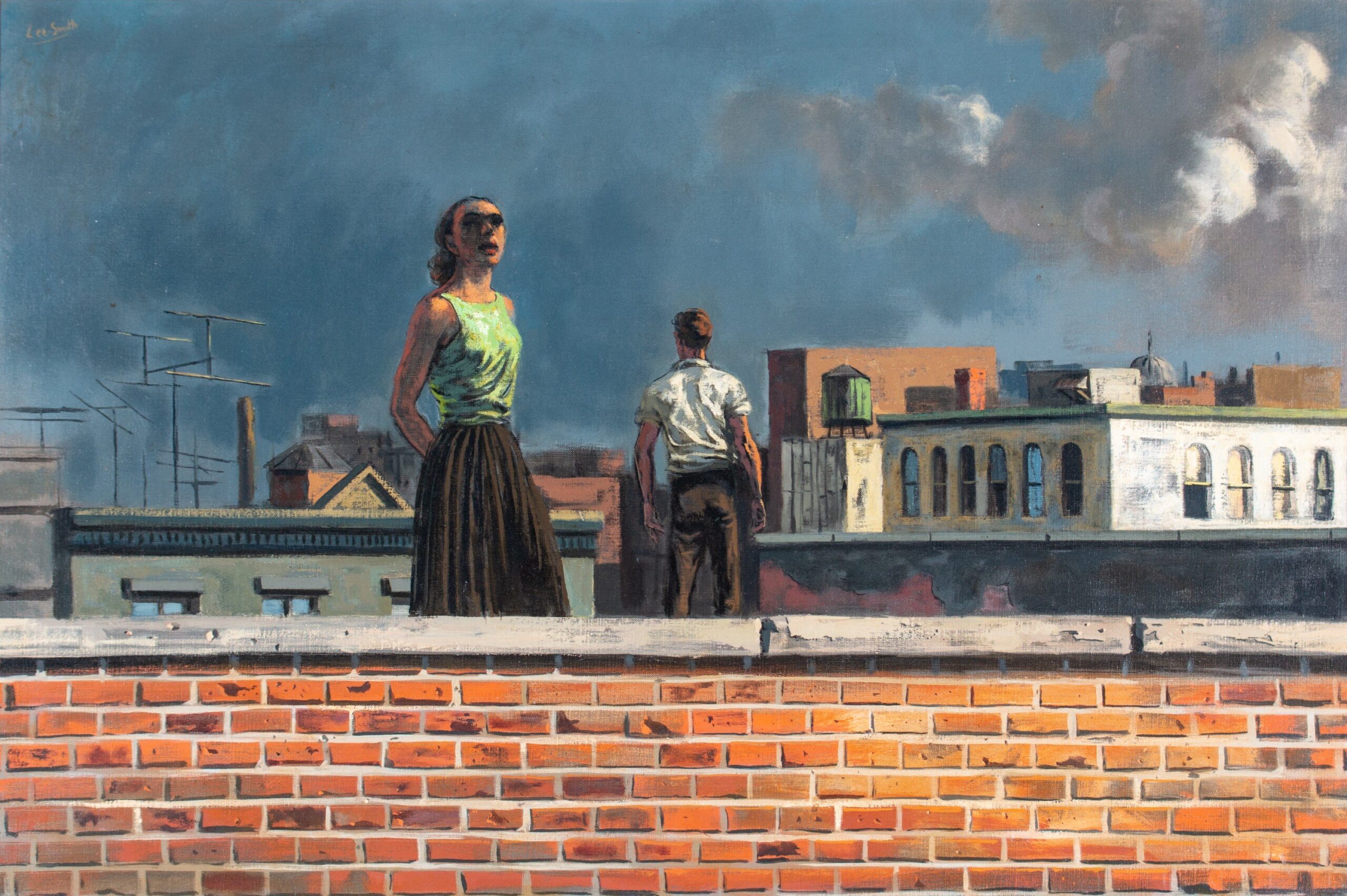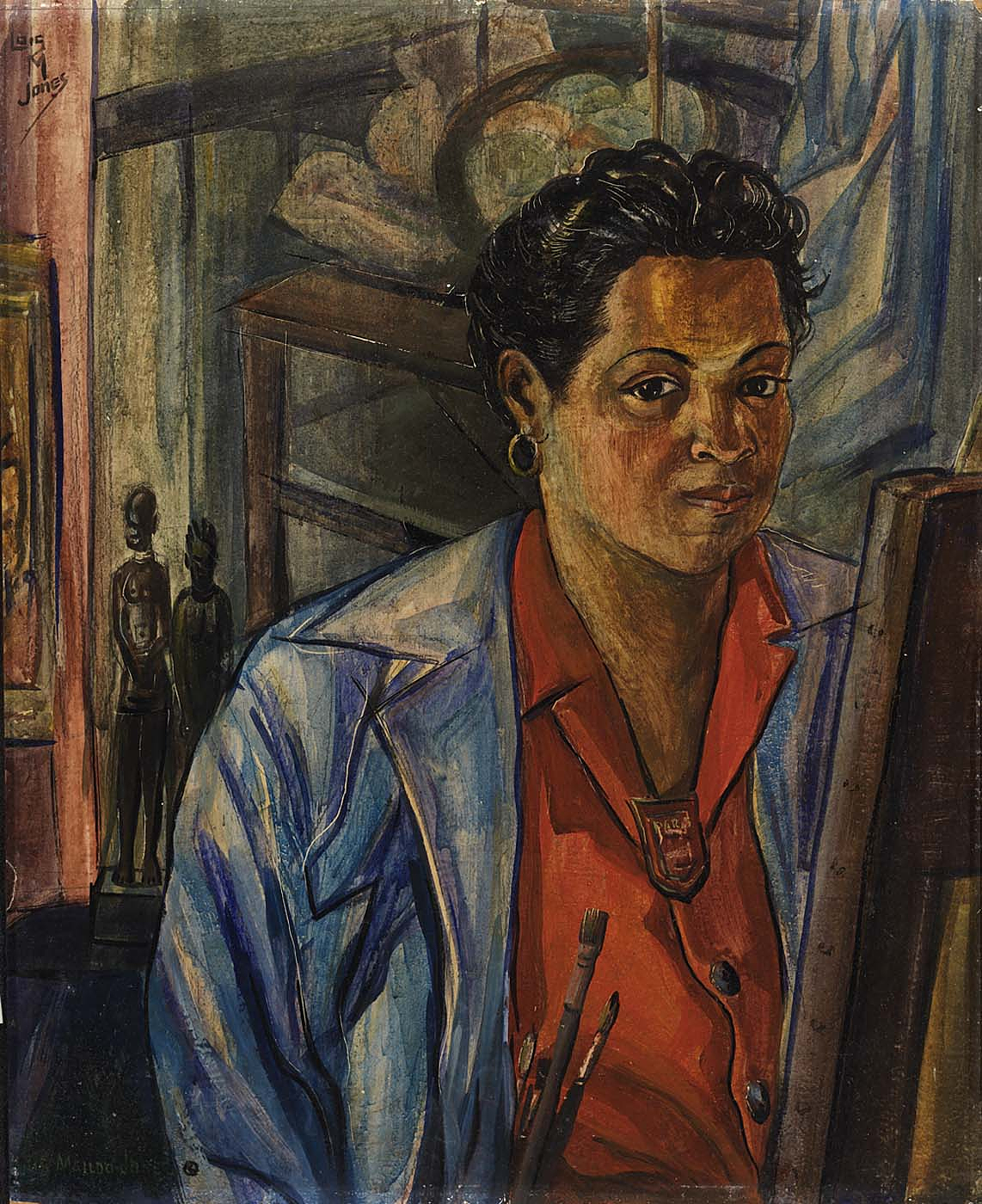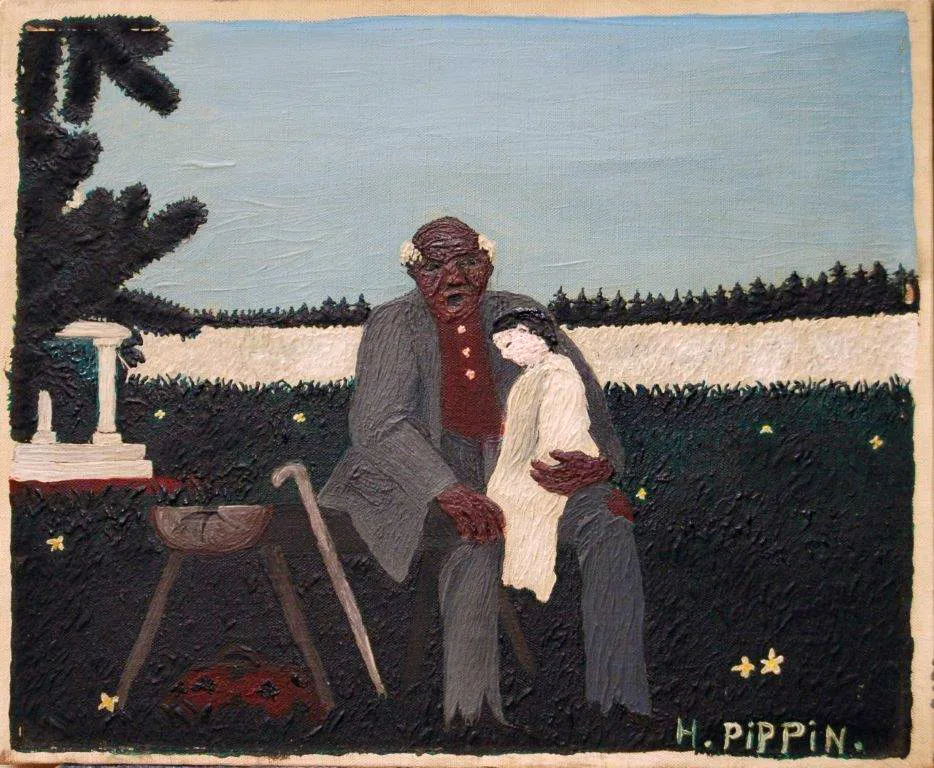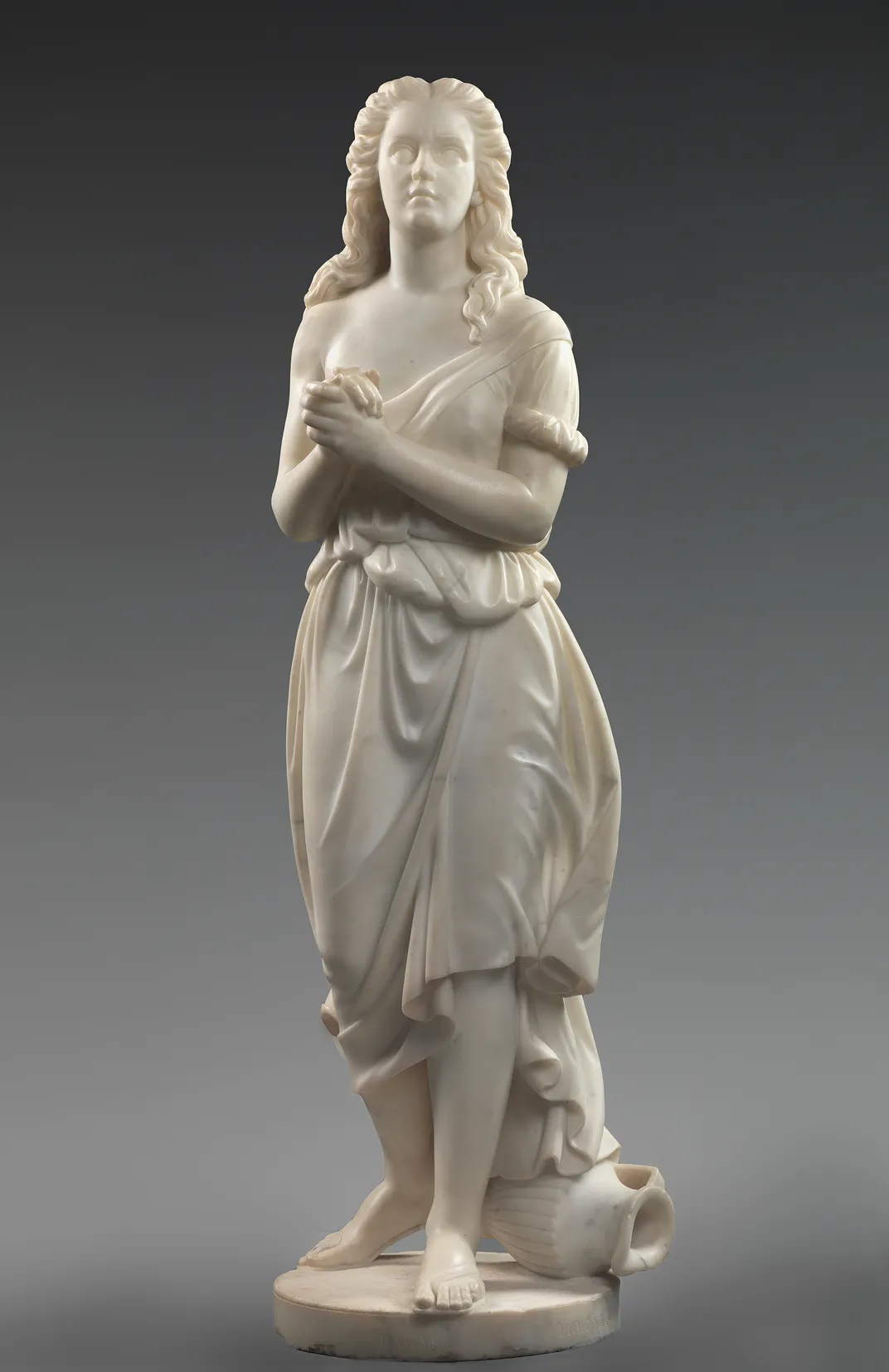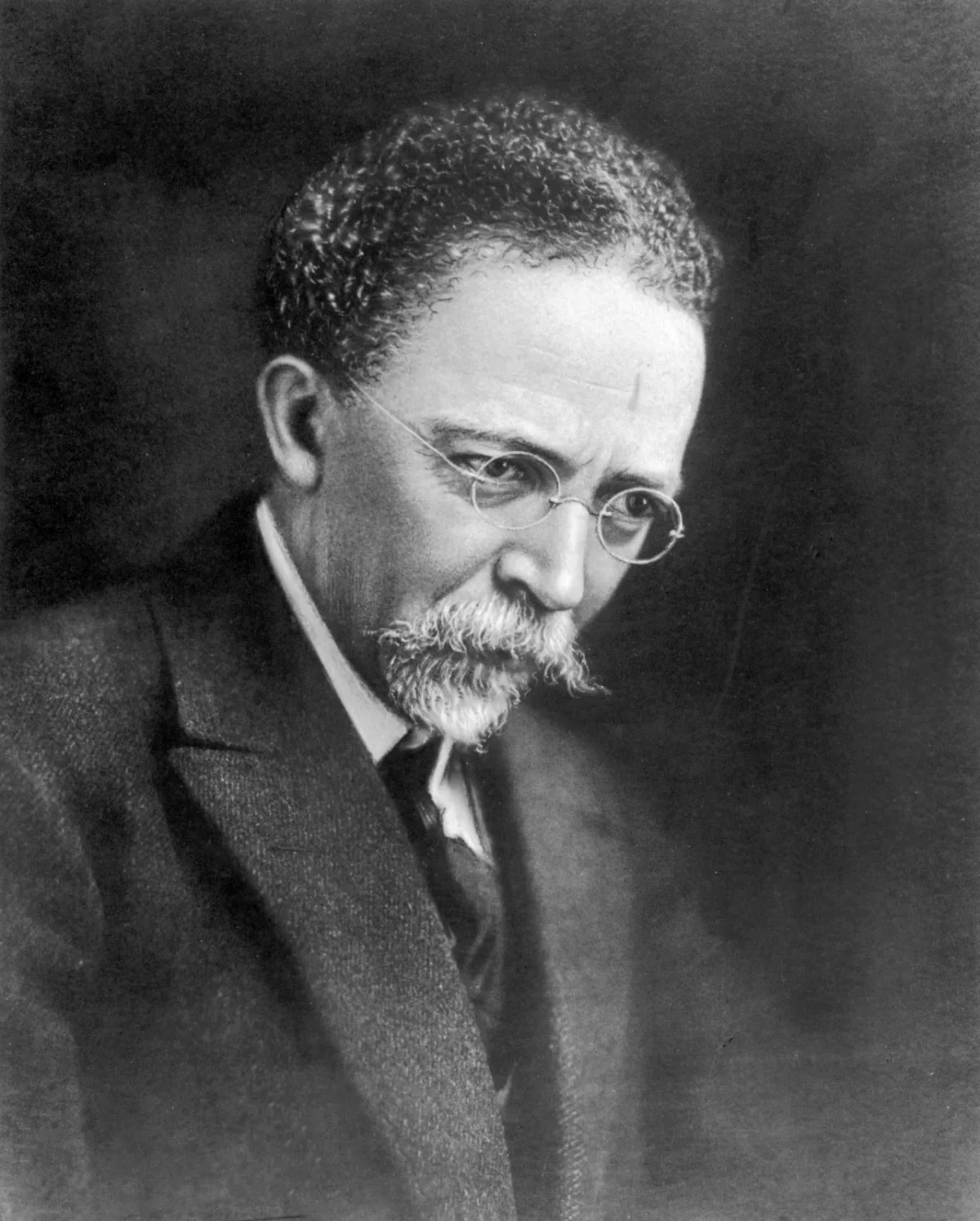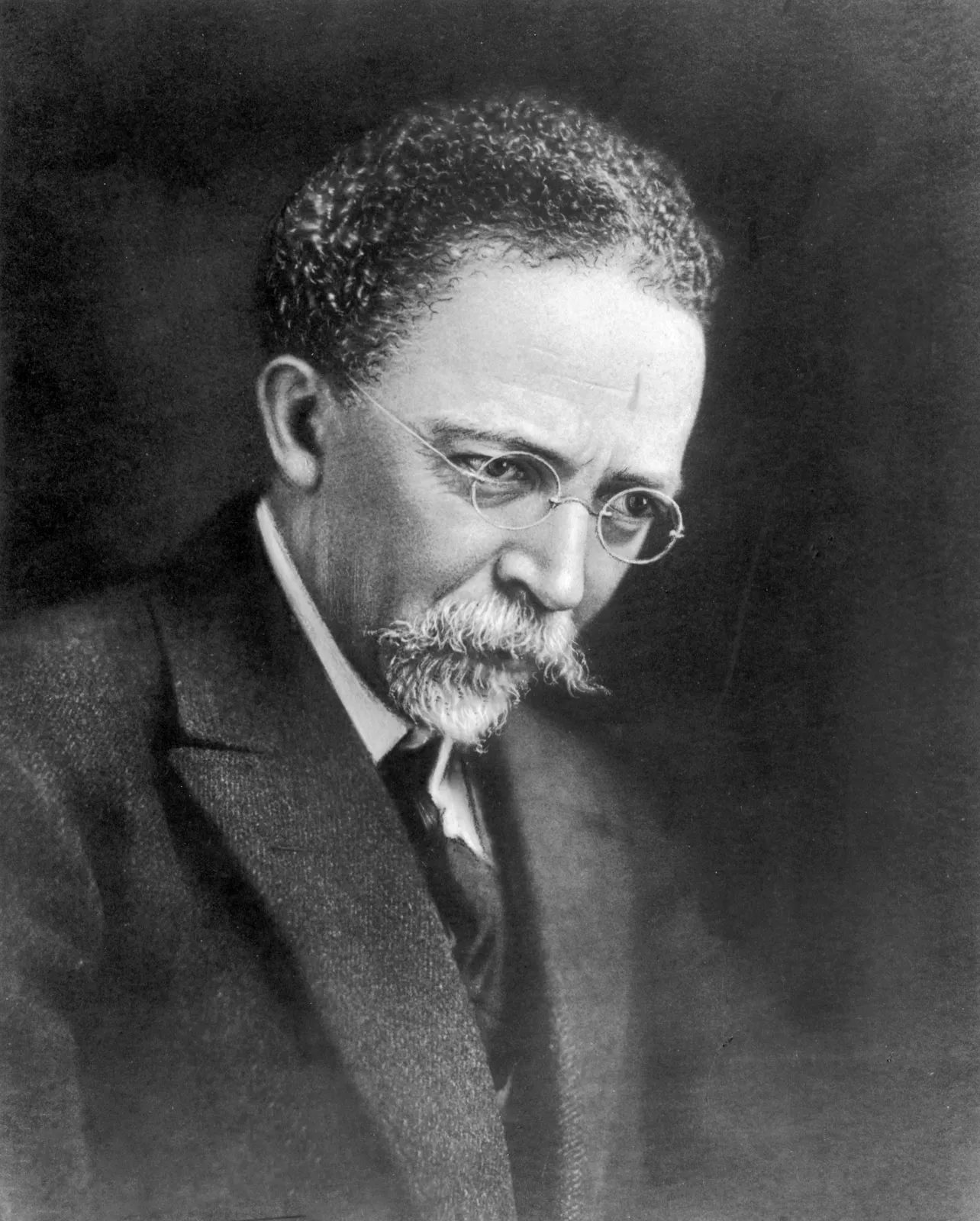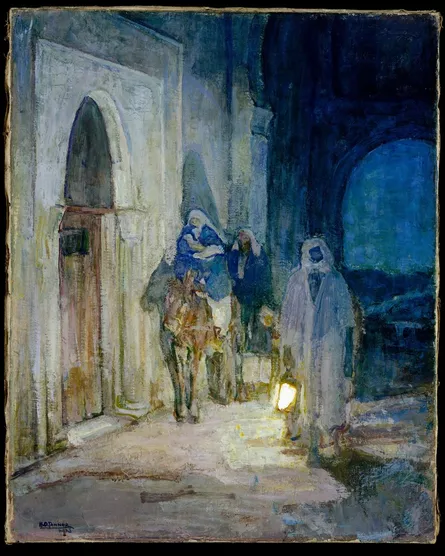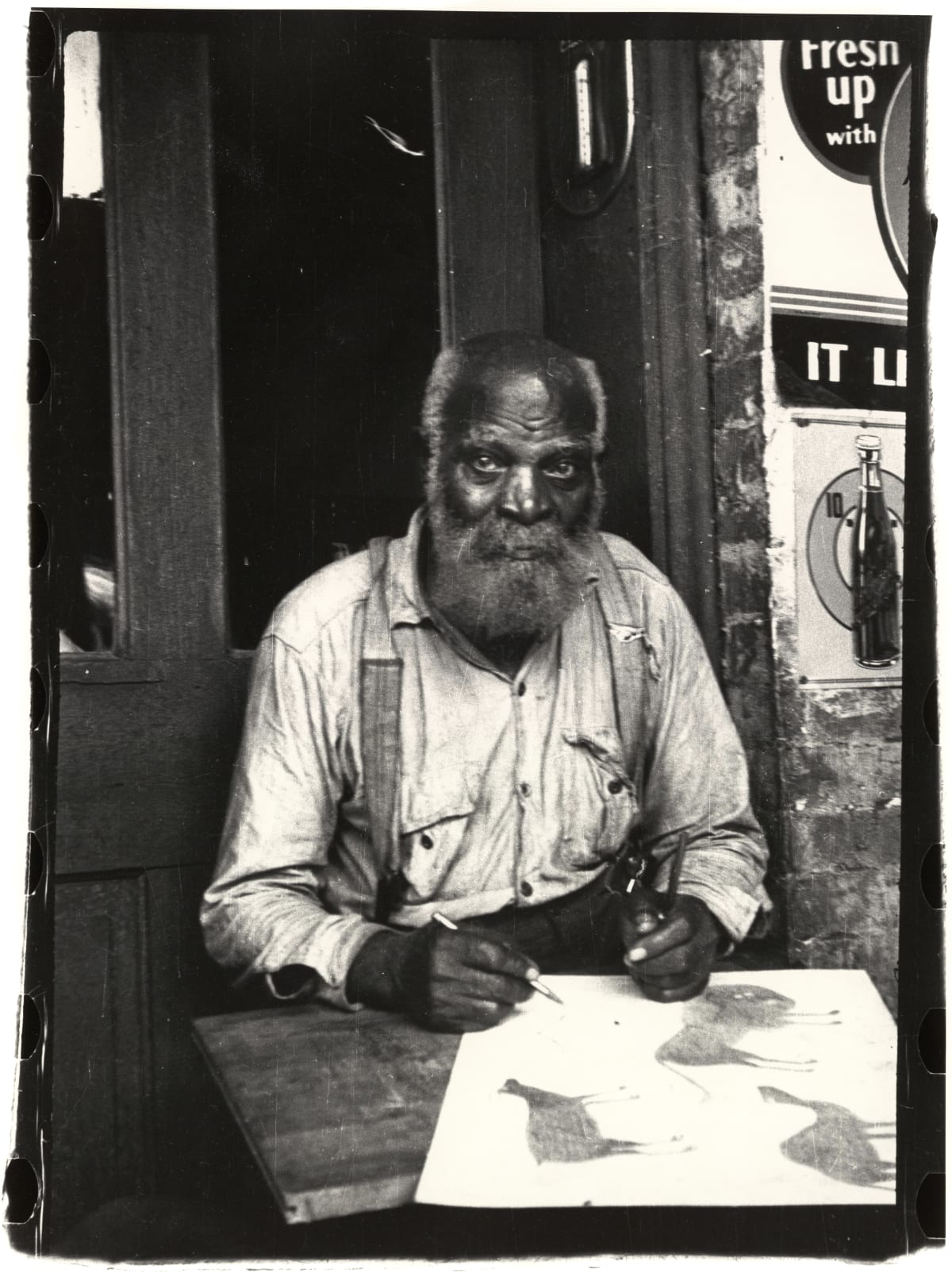Fallen Through The Cracks – Black Artists in History: Frederick James Brown
Frederick James Brown
#FallenThroughTheCracks – Frederick James Brown was born on February 6, 1945, in Greensboro, Georgia. His family moved to Chicago and he was near the steel mills on Chicago’s Southside. There, he was exposed to the blues by musicians in the neighborhood such as #MuddyWaters and #HowlinWolf. Brown attended Chicago Vocational High School and then attended Southern Illinois University Carbondale, graduating in 1968 with a degree in Art.
In 1970, Brown moved from Chicago to New York City’s SoHo neighborhood which at the time was home to a variety of creatives. He collaborated with musicians, painters, and videographers and contributed to performing arts productions. The 2002 documentary film 120 Wooster Street depicts Frederick Brown’s loft studio, which grew to be a central gathering place for artists, musicians, writers, and dancers.
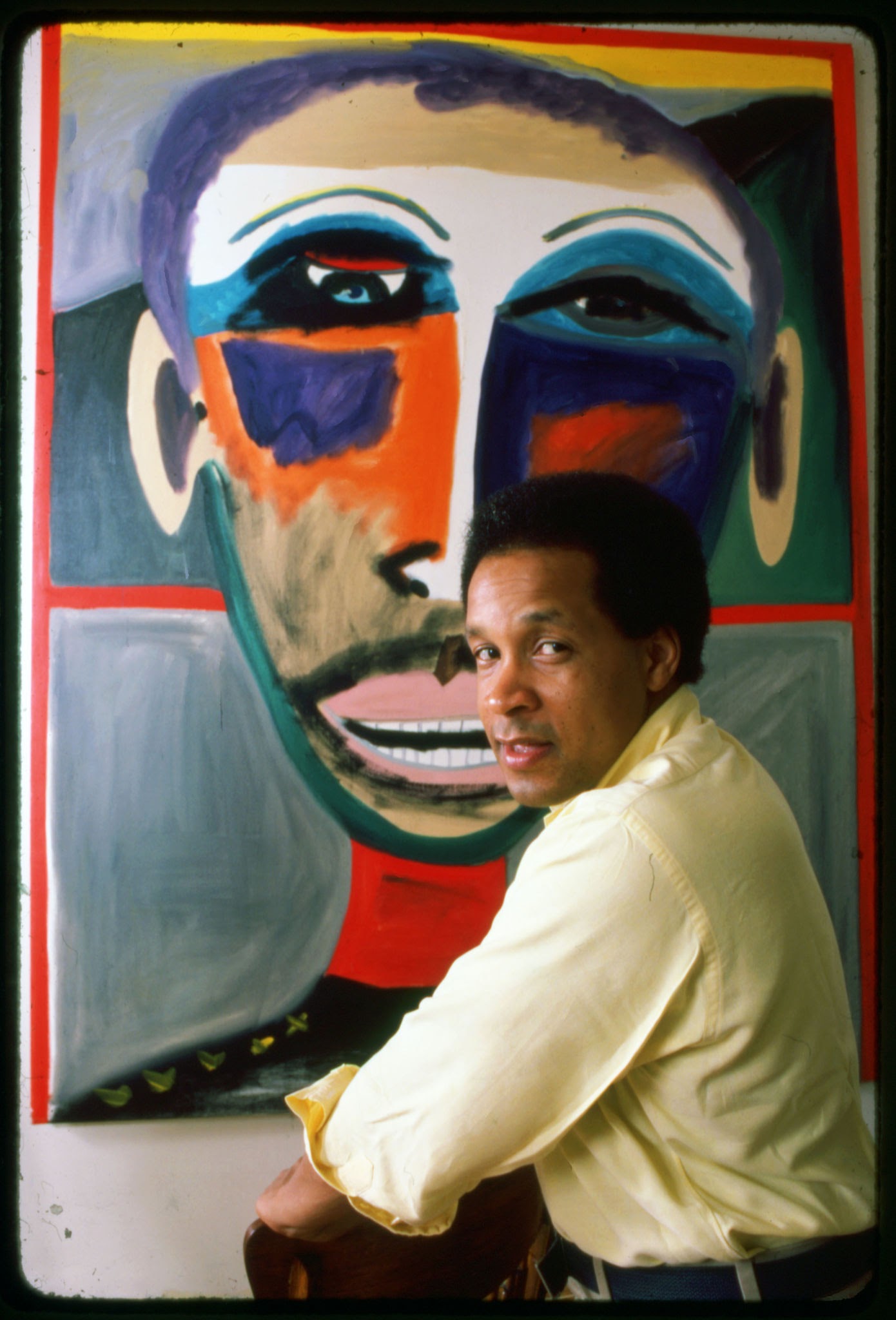
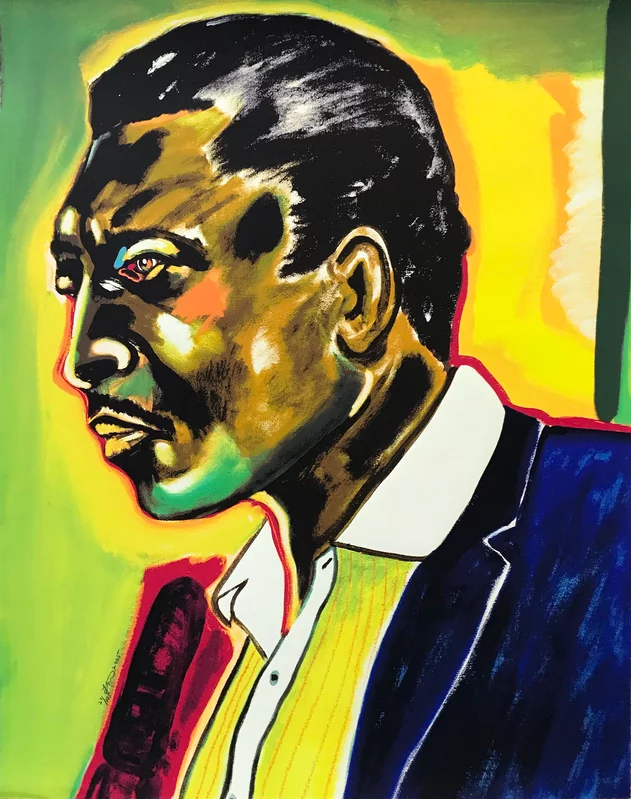
Brown taught art at the Central College of Fine Arts in Beijing in 1985 and 1987. In 1988, he had the first solo exhibition by a Western artist at the Museum of the Chinese Revolution (now the National Museum of China) in Tiananmen Square in Beijing, China exhibiting 100 pieces of artwork. His style ranges from abstract expressionism to figurative as his artwork was influenced by historical, religious, narrative, and urban themes.
In September 2008 Brown organized a symposium of artists, musicians, dancers, and poets at Cornell University on the Creative Movement of the 1970s. His work is part of the collections of the Metropolitan Museum of Art, the Smithsonian American Art Museum, and the National Portrait Gallery, as well as the Kemper Museum of Contemporary Art in Kansas City, Mo. Frederick J. Brown died on May 5th, 2012 in Scottsdale, AZ.
(Text paraphrased from Wikipedia and other sources. All Images are the property of the copyright owners. This clip is for educational purposes.)

